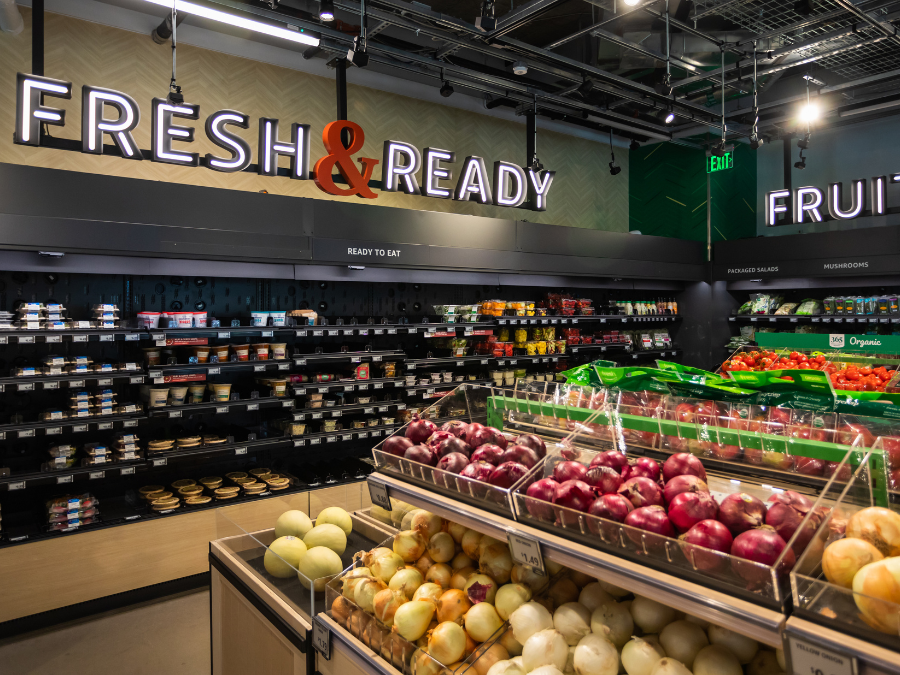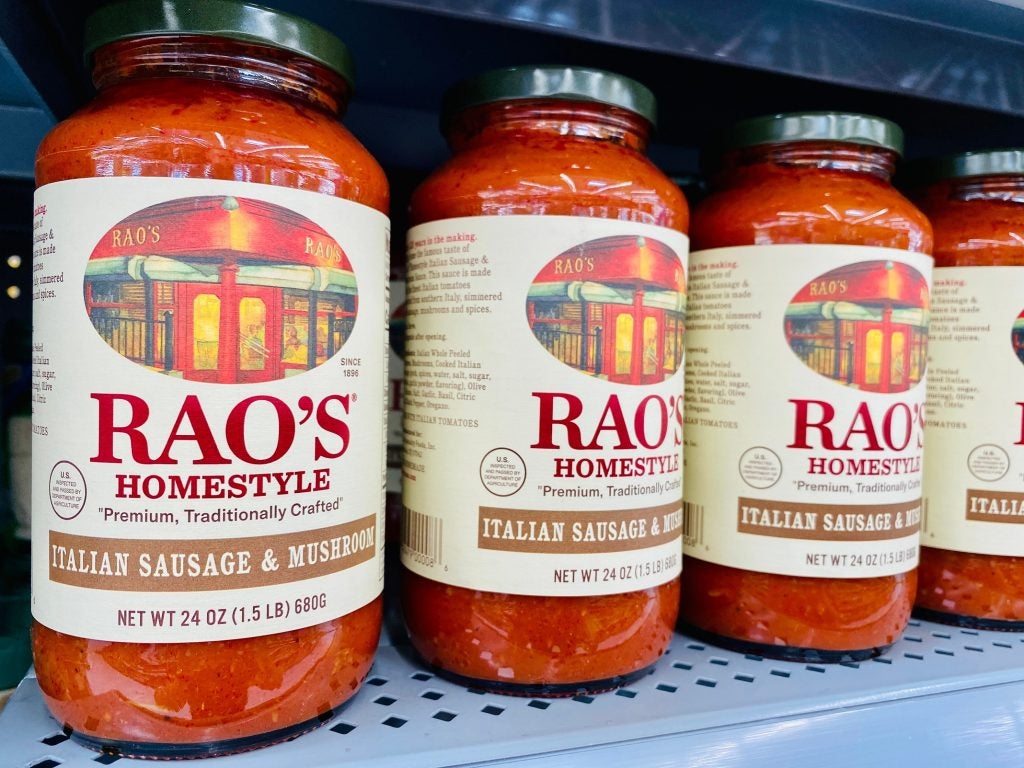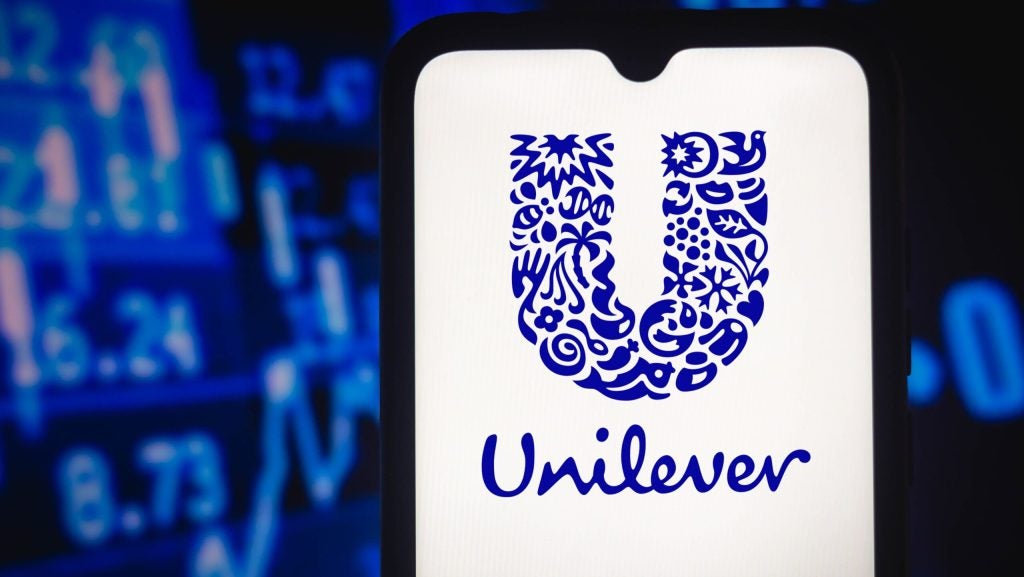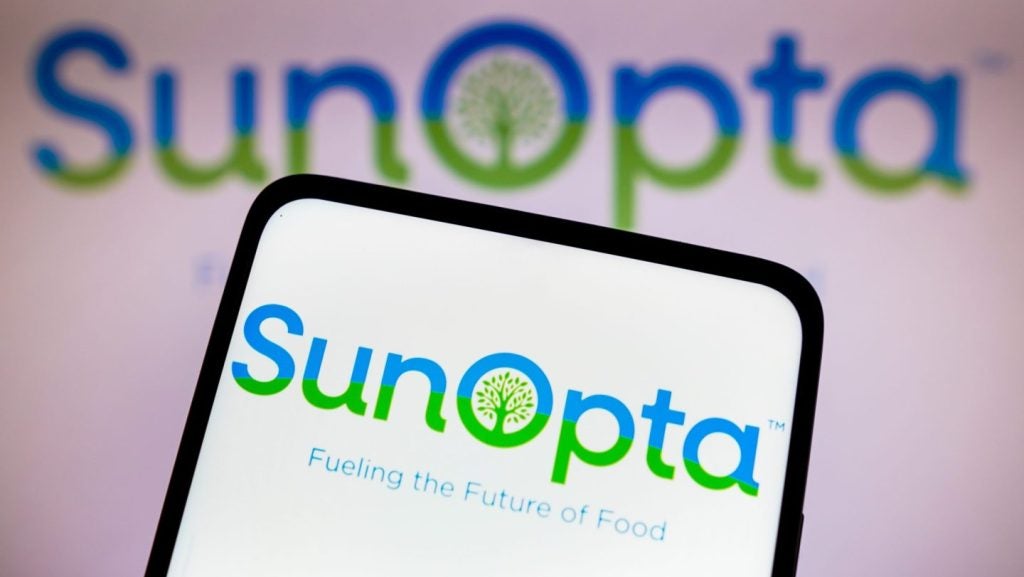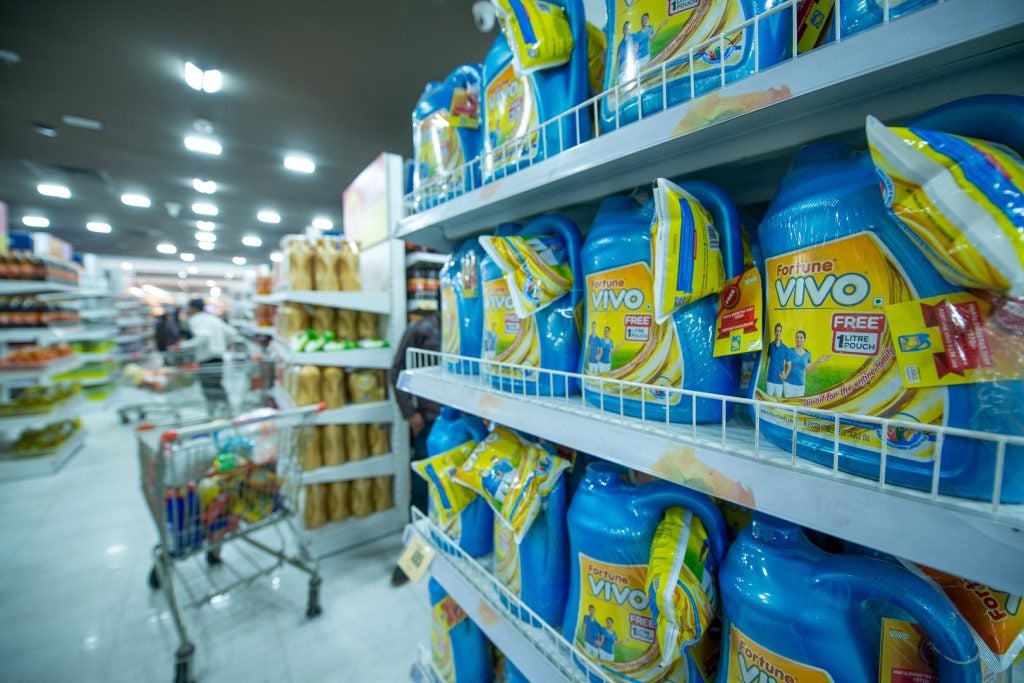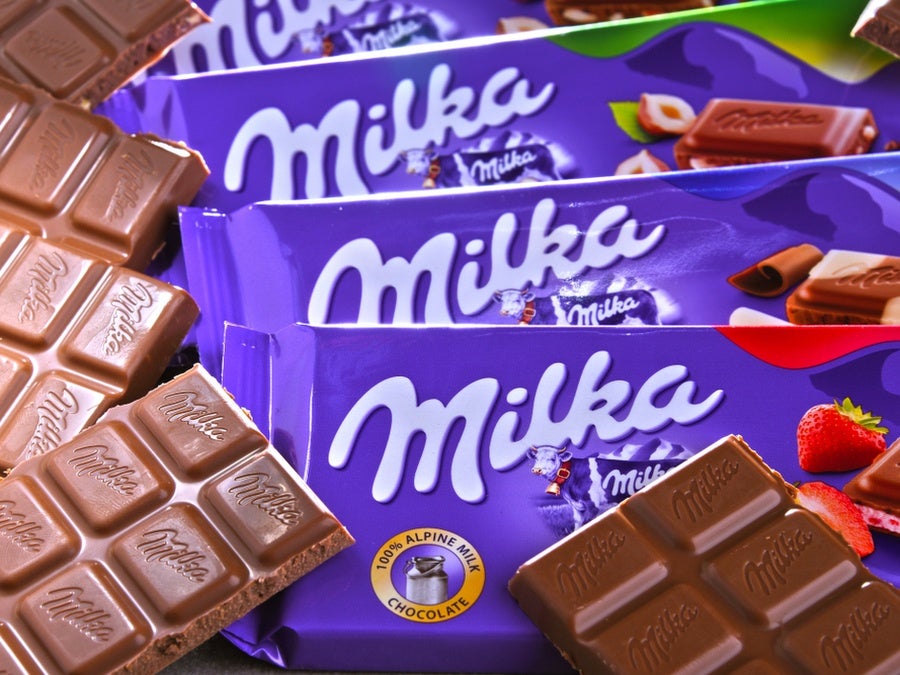The price US consumers pay for meat, poultry, fish and eggs dropped again in July as the cost of a basket of groceries continued to recede.
Food inflation, including in-home and out-of-home consumption measured by the consumer prices index series, eased to 4.9% in the 12 months through July, from 5.7% in June, the US Bureau of Labor Statistics reported. That is now less than half the 11.4% peak reached in August last year.
In terms of groceries for at-home consumption, prices increased 3.6% on an annualised basis, down from 4.5% in June. Meat, poultry, fish and eggs fell 0.2%, repeating a decline of the same magnitude a month earlier.
Elsewhere, however, prices remained elevated from 12 months earlier, although cooling from June.
Cereals and bakery items were up 7% in July, compared to 8.8% in June. Non-alcoholic beverages rose 5.4%, slowing from 7.6%. Fruit and vegetables prices climbed 2.9%, down a touch from June’s 3% rate, and dairy products increased 1.3% versus 2.7%.
The cost of eating out also became a little less expensive, as the food-away-from-home index rose 7.1%, compared to 7.7% in June.
Overall, prices in the US economy increased slightly in July, with the all-items consumer price index rising 3.2% on a seasonally adjusted basis, up from June’s annual headline inflation rate of 3%, the Bureau said.
However, on a month-on-month basis prices were flat, again rising 0.2%.
Food costs edged up in July from June. The mainline food index rose 0.2%, compared to a 0.1% increase.
The at-home gauge climbed 0.3% after being unchanged in June. Away-from-home prices rose 0.2%, easing from 0.4% a month earlier.
While US consumers are seeing some relief in the cost of a shopping basket, it is a different picture in the UK, where grocery prices continue to increase at a double-digit pace, despite some cooling from a March peak of 19.2%.
In June, prices of food and soft drinks in UK grocers increased 17.4%, down from 18.4% in May.
July’s government data on UK consumer prices are due on 16 August.


